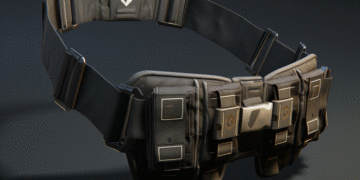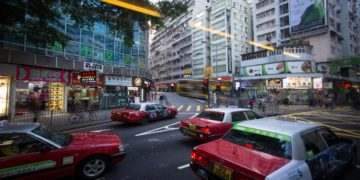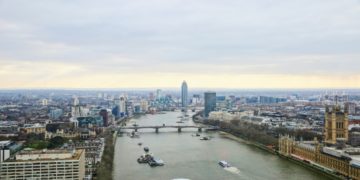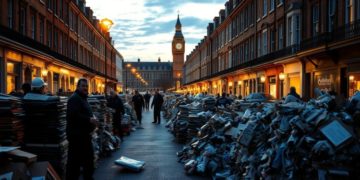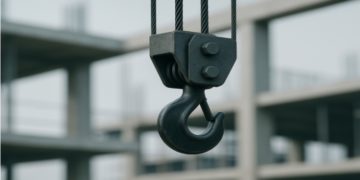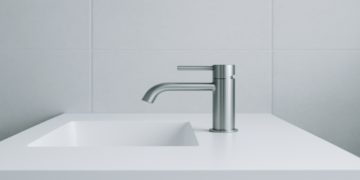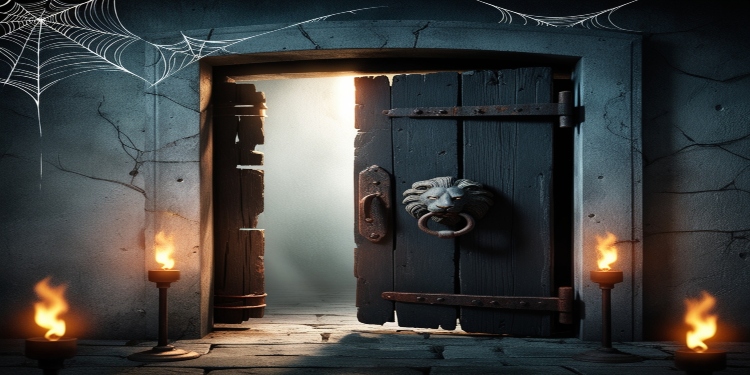Ever been in a big building, like a school, hospital, or sports arena, and seen those plain doors with signs that say “Authorized Personnel Only”? They’re not flashy. They don’t grab attention. But behind those doors is a whole hidden world that keeps the building working.
Most people don’t think about it. They just expect the lights to turn on, the toilets to flush, and the air to feel cool on a hot day. But none of that just happens by chance. It’s all carefully handled by a team that many don’t even know exists.
The Hidden Helpers of Every Building
Behind those off-limits doors are rooms filled with pipes, wires, switches, and sometimes loud machines that do all the behind-the-scenes work. But even more important than the equipment are the people. These are the cleaners, technicians, engineers, and safety managers who keep everything running smoothly.
This whole system is called commercial facilities management, and it’s basically the brain and muscles of any big building. It takes care of the day-to-day stuff no one sees—fixing broken doors, cleaning up messes, checking air filters, making sure the heat works in winter, and way more. If you’re curious, you can find out more about how this works in real places by checking out commercial facilities management companies that specialize in keeping places operating safely and efficiently.
What’s Actually Behind Those Doors?
Some of those mysterious rooms are packed with machines that control heating, air conditioning, and electricity. There might be water tanks, pumps, or even emergency generators. One door might open to a janitor’s closet. Another might lead to a control center with computer screens showing security camera feeds or energy usage.
There’s also storage—cleaning supplies, tools, extra lightbulbs, even spare parts for elevators. All of it is organized in a way that helps workers respond fast when something breaks.
These areas aren’t just for emergencies either. Regular checks happen all the time. Filters get replaced. Floors get buffed. Fire alarms get tested. If no one did this, buildings would wear out fast and start feeling broken or even dangerous.
What Happens When Something Goes Wrong?
Let’s say a pipe bursts in a hospital. That’s a huge deal. If water spills into the wrong area, it can ruin equipment, make hallways slippery, or even stop power. The facilities team gets called right away. They know where the shutoff valves are. They’ve seen it before. They get to work fast so doctors and nurses can keep doing their jobs without delay.
Same thing in a shopping center. If an escalator stops working, it’s more than just annoying—it can be unsafe. So, someone from the management crew checks it, repairs it, and gets it going again as soon as possible.
Even small things matter. Burnt-out lights, flickering signs, dirty bathrooms—none of it seems like a big deal, but when too many little things go wrong, a place starts feeling neglected. The people in charge of facilities management notice these things early and fix them before they become a problem.
More Than Just Fixing Things
It’s easy to think these teams only come around when something breaks, but they’re actually doing way more. One of their biggest jobs is preventing problems from happening in the first place.
That means checking systems before they fail. Making sure the building uses energy wisely so nothing gets wasted. Keeping records so they know when machines were last cleaned or repaired. They’re not just reacting—they’re planning.
They also work closely with other parts of the building team. Security guards, fire safety officers, even landscapers might all be part of a facility’s wider group. Their goal is simple: keep the building safe, working, and ready for whatever’s happening that day.
The Jobs You Don’t See
There’s a good chance no one notices the cleaning crew that comes in after everyone’s gone. Or the technician who checks the emergency lights once a week. Or the person who makes sure the doors lock properly at night.
That’s kind of the point. When facilities management is doing its job well, no one has to think about it. Things just work. Everything feels clean, smooth, and normal.
But behind every smooth-running building is a lot of effort, planning, and care. Every clean hallway, every working light switch, every properly chilled bottle of water in a vending machine is part of a bigger system that runs behind closed doors.
Why It Matters
When buildings don’t have a good facilities team, things fall apart fast. Small leaks become big ones. Broken locks become safety risks. Energy bills go up because no one adjusted the settings. People stop enjoying the place because it feels worn down or uncomfortable.
But with a solid team behind those mystery doors, a building can last for decades. It can stay clean, safe, and comfortable without anyone needing to think about how or why. That’s the magic of it—but it’s not really magic at all. It’s smart planning and a lot of behind-the-scenes work.
Think About It Next Time
Next time you’re in a school, a mall, a hotel, or even a stadium, look around. Notice how everything seems to work. The doors open. The lights don’t flicker. The toilets flush. The floors are shiny. The trash cans aren’t overflowing.
It’s not luck. It’s not just someone pushing a button once a day. There’s a whole system in place—people checking, fixing, cleaning, organizing, and watching over things.
And while you may never get to open those “Authorized Personnel Only” doors, now you know what’s going on behind them.
In a Nutshell
Buildings don’t run themselves. From power and plumbing to cleaning and safety, there’s a whole group of people working behind the scenes to keep everything working right. It’s called commercial facilities management, and it matters more than most people realize.
It’s one of those things that you don’t really think about—until something breaks. But when it’s working, it makes life better for everyone inside.










